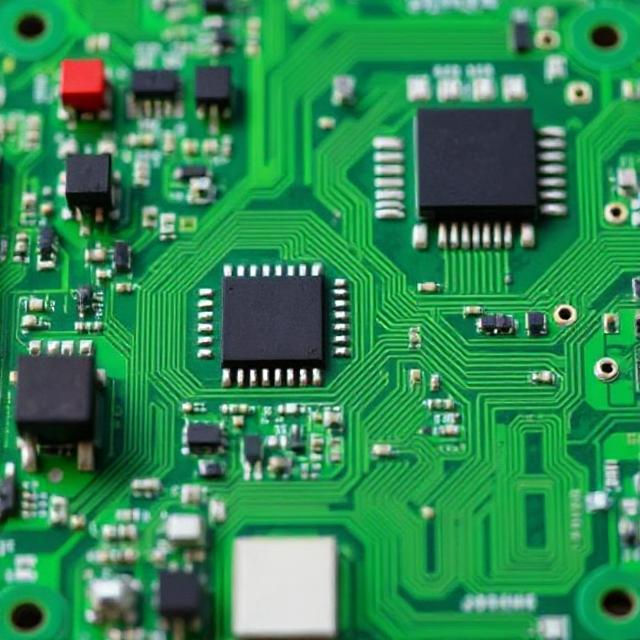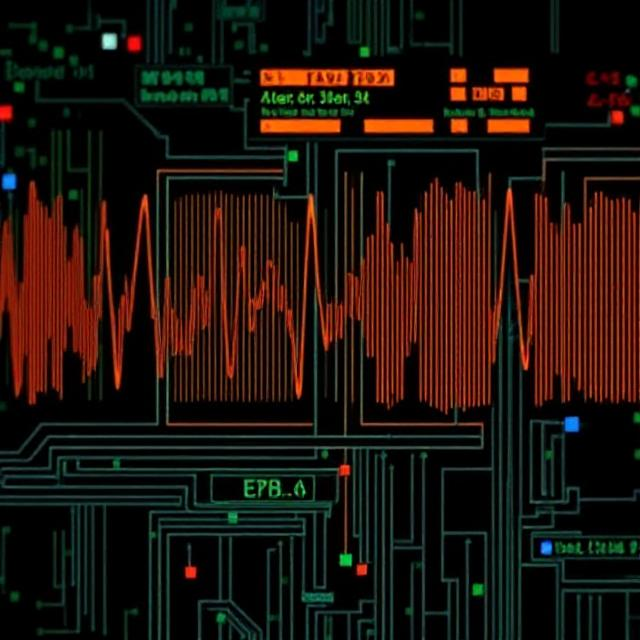1. What is Electronic Design and Manufacturing?
Electronic Design and Manufacturing is the process of creating and building electronic devices—from the idea stage to a working product. It involves designing circuits, choosing components, making a printed circuit board (PCB), assembling the parts, and testing the final product.

2. Stages of Electronic Design
a. Idea & Requirements
Everything starts with an idea. You decide what the device should do (e.g., a remote control, a sensor, a mobile charger). Then, you list out the requirements—what functions the device must perform.
b. Circuit Design
Next, you create a circuit—a map of how electrical parts will connect and work together. This includes:
-
Resistors (control current),
-
Capacitors (store energy),
-
Transistors (switch/amplify signals),
-
Microcontrollers (brain of the device).
Tools like Proteus, LTSpice, or KiCAD help design and test circuits virtually.
c. Schematic Diagram
A schematic is a drawing of the circuit using standard symbols. It shows how each part connects. This is the blueprint for the next step.
3. PCB (Printed Circuit Board) Design
Once the schematic is ready, the next step is creating the PCB layout—a physical design of the board where components will be placed.
Steps:
-
Place components on the board
-
Draw copper tracks to connect them
-
Add labels and holes for mounting
Software like Eagle, Altium Designer, or EasyEDA is used for this.
4. Manufacturing Process
a. PCB Fabrication
In this step, the PCB is physically made. Copper sheets are etched to form the tracks based on your design. This process is often done by a manufacturer.
b. Component Sourcing
All electronic parts need to be purchased from suppliers. Quality and compatibility are important.
c. Assembly
The components are placed on the PCB and soldered to attach them firmly. There are two methods:
-
Hand Soldering (for prototypes)
-
Automatic Soldering (for mass production)
d. Testing
The board is tested to ensure it works properly. If there are issues, the circuit may be debugged and fixed.
5. Types of Manufacturing
a. Prototyping
Small-scale production to test the design. Easy to change and improve.
b. Mass Production
Large quantity production after testing is successful. It uses automated machines for speed and consistency.
6. Safety and Quality Control
Good manufacturing follows safety standards and tests each unit before shipping. This prevents defects and keeps users safe.
7. Final Product
The final electronic product is packed, labeled, and sent to the market. It’s now ready for customers to use.
Summary
Electronic Design and Manufacturing involves:
-
Designing circuits using basic components like resistors and microcontrollers
-
Creating a schematic and PCB layout
-
Fabricating the PCB and assembling components
-
Testing, debugging, and producing the final product
This process takes an idea from paper to a real-world electronic device like a calculator, TV remote, or mobile charger. Tools like simulation software and PCB design programs help engineers build efficient, safe, and reliable devices.










